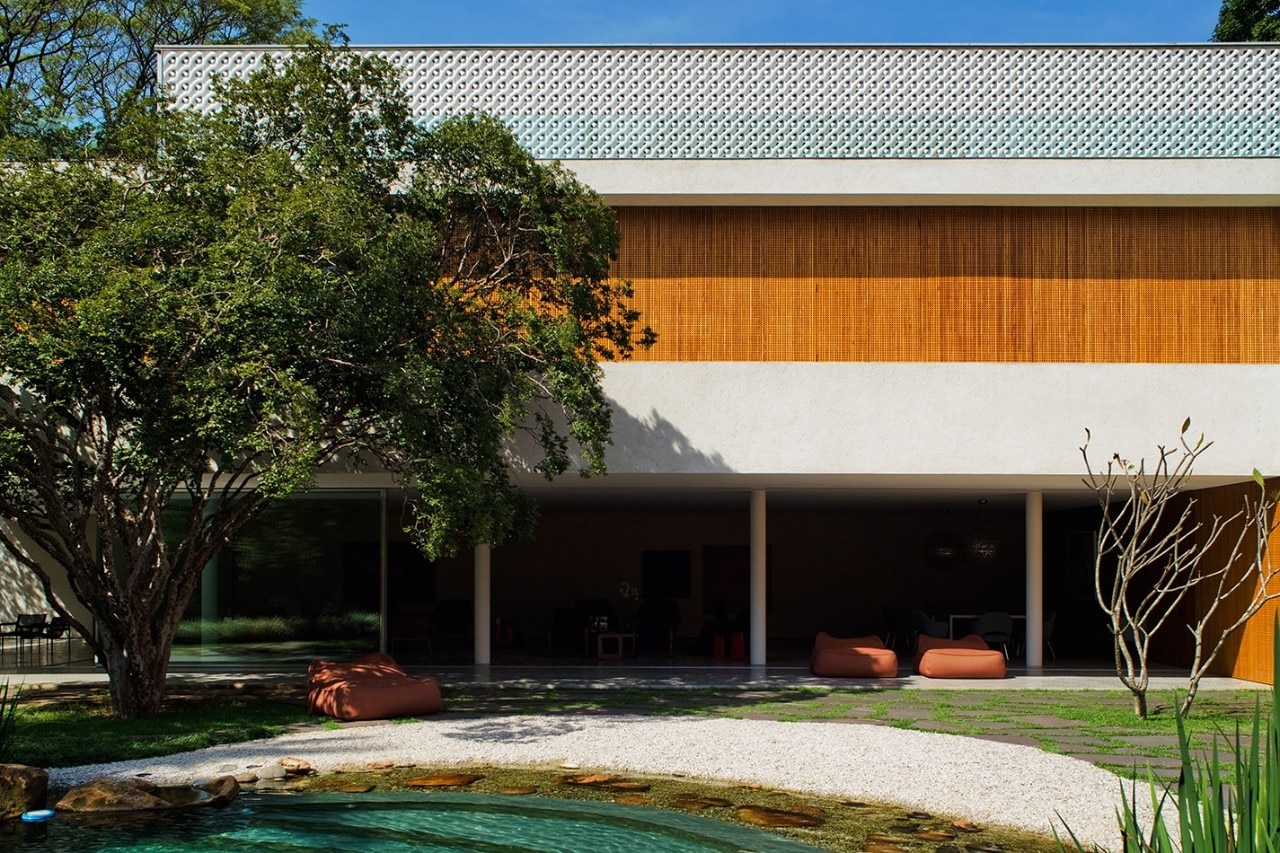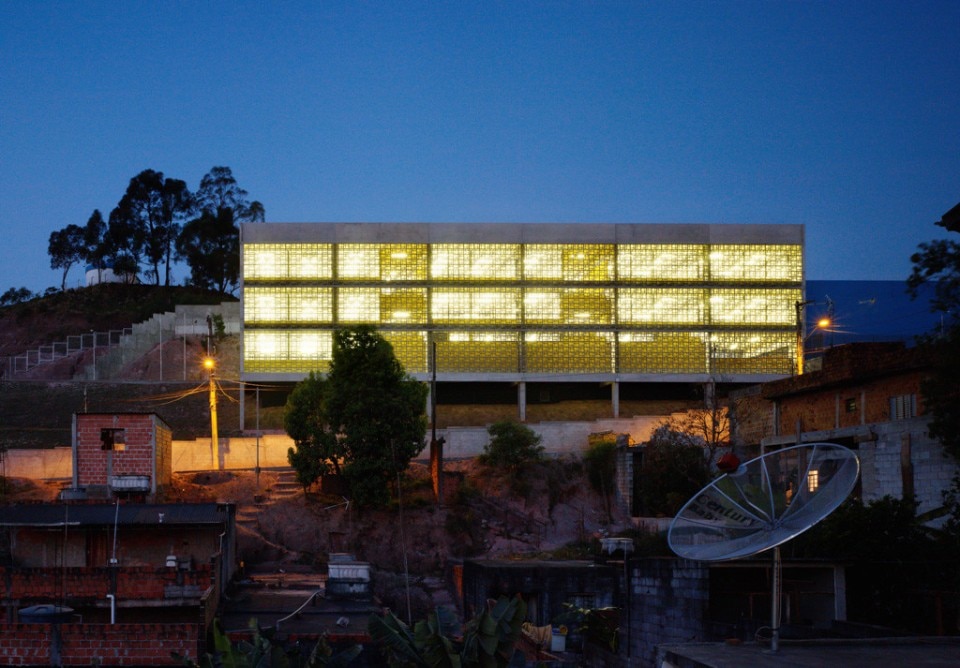If it is true that Brazilian architecture today is still strongly indebted to Oscar Niemeyer’s modernist lesson and that brutalism with its bare and rough volumes still has strong roots in the local socio-economic substratum, it is also true that in recent decades designers have been able to come to terms with the intransigent rigour of the last century to explore “softer” and more varied languages, always in search of a close dialogue with local culture.
An example of this is the use and reinterpretation, in many contemporary works, of a typical element of the Brazilian building tradition such as the cobogó, introduced from the 1920s onwards and widely disseminated by Modernism. The cobogó – an acronym of the first syllables of the surnames of its creators, the engineers Coimbra, Boeckmann and Góis – is a perforated brick, made of terracotta or concrete and now also of other materials such as ceramics and wood, which in aggregate form allows the construction of walls with the function of filtering the dazzling tropical light and facilitating natural ventilation: like the Arabian mashrabiyya, a tool to guarantee micro-climatic well-being in environments with extreme climates, and privacy from external gaze at the same time. In addition to the strictly functional aspects, the multiple ways in which the units are assembled and geometrically designed allow for a wide variety of compositions, enriching the space with vibrant chiaroscuro effects depending on the time of day.
Thus in São Paulo, plastic and sculptural perforated backdrops embellish the sober volumes of the homes designed by Marcio Kogan (Cobogó house, B+B House) and Studio Arthur Casas (BD house), and handcrafted textures give the interiors of a shop designed by Estudio Campana (Aesop Store) a warm and material character; in Várzea Paulista, a full-bodied school complex is transformed into a light screen by day and a “lantern” by night. From Brazil, then, the use of cobogó has spread widely to other countries, starting with Mexico where Frida Escobedo (La Tallera) encloses a pre-existing structure in a diaphanous skin, like in an enveloping but delicate embrace.
















